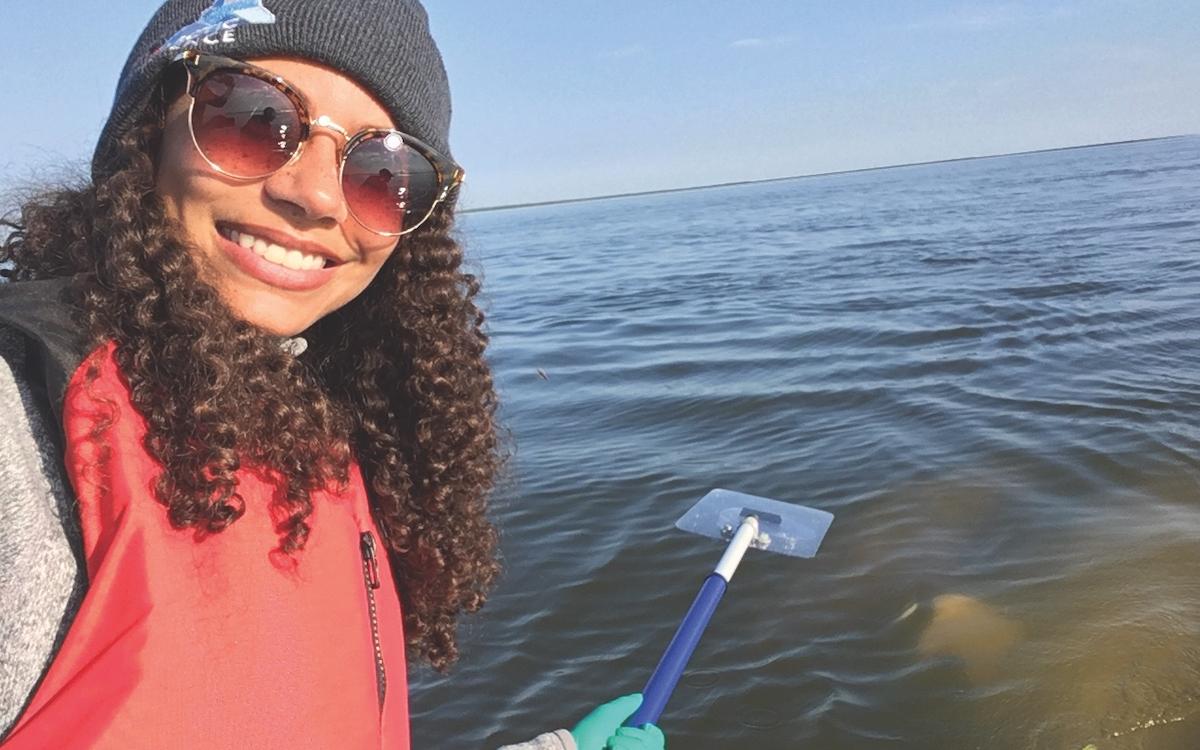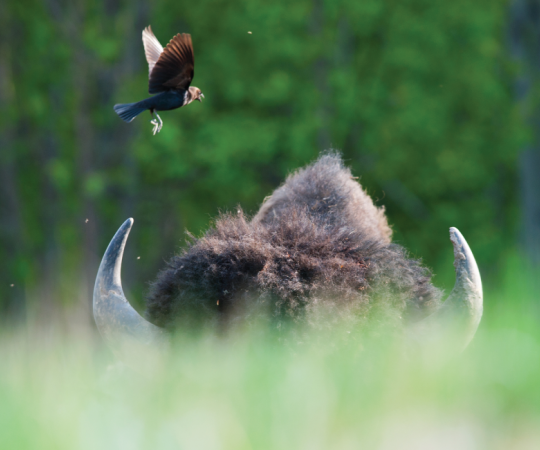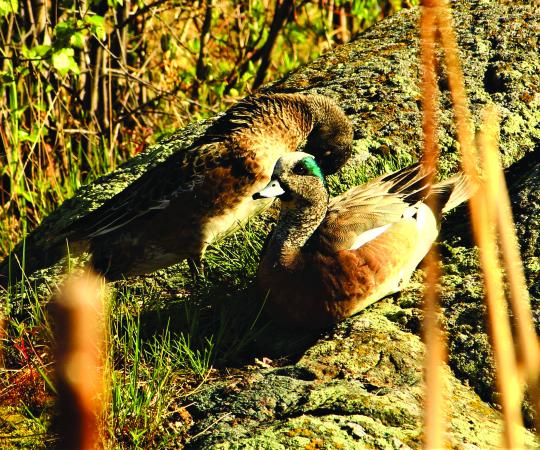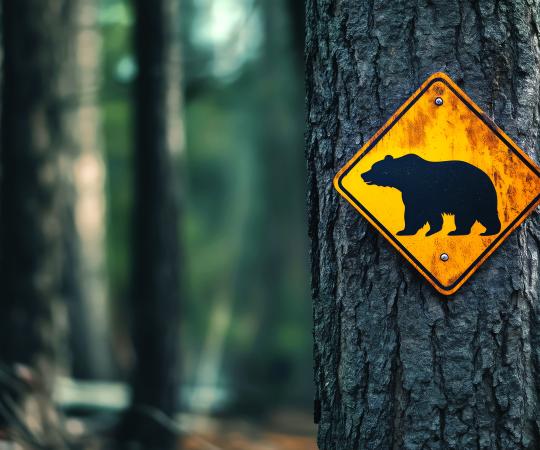Scores of academics and scientists descend on the territories each year to poke, probe, and proselytise. It’s not all the stuff of dry dissertations. Some of it is weird. All of it is wonderful. This issue, Up Here is documenting some of the wildest research happening in the North.
Justine Hudson waits for the whales to come to her. Once a pod of belugas is spotted nearby, all one has to do is cut the boat’s engine. The white whales swim up to play in the ship’s wash, letting the turbulence cascade over their smiling faces.
“It’s almost like they’re getting a facial from the water,” says Hudson. “It’s the perfect way to collect snot.”
The University of Manitoba master’s student has spent the past two summers studying the impact of shipping in the Churchill River Estuary on the stress levels of the Western Hudson Bay beluga population. She does this by collecting whale boogers, which contain measurable quantities of the adrenal hormone cortisone. Some researchers use aerial drones to collect such samples; “snotbots” that hover over breaching whales. Hudson’s method is a little more low-tech. She holds a petri dish on a pole over the whale’s blowhole, waiting for it to exhale.
“It kind of just blows all of its snot into your petri dish.”
Stress tests are more commonly conducted in captured whales via a biopsy—an invasive, traumatic experience for the animals. “That’s one of the biggest issues with stress studies,” says Hudson. “A lot of the methods we do use, especially on whales, are stressful.”
Once obtained, the snot samples are chilled at Churchill’s Northern Studies Centre before being shipped back to Winnipeg for testing. The higher the cortisone levels measured, the more stressed the animal.
“If we can find what’s stressing out this population, we can use that to find out what’s stressing other populations in Canada that might be harder to study.”

So, are the belugas stressed out? Hard to say, given the samples. Hudson’s study only took place over the past two summers when the Port of Churchill was shuttered to almost all heavy ship traffic.
She’s hoping future students might build on her snot science now that the method has proved out.
Snot, it’s worth noting, is not a technical term. “The scientific community hates that I use the term snot,” says Hudson. The official designation is ‘respiratory condensate.’
“It doesn’t sound as interesting,” she admits.
‘Blow’ is another technical label but, well, it has other meanings to other people. In the interest of clarity, Hudson went for the layman’s term.
“Once you say snot, people know exactly what you’re talking about.”









